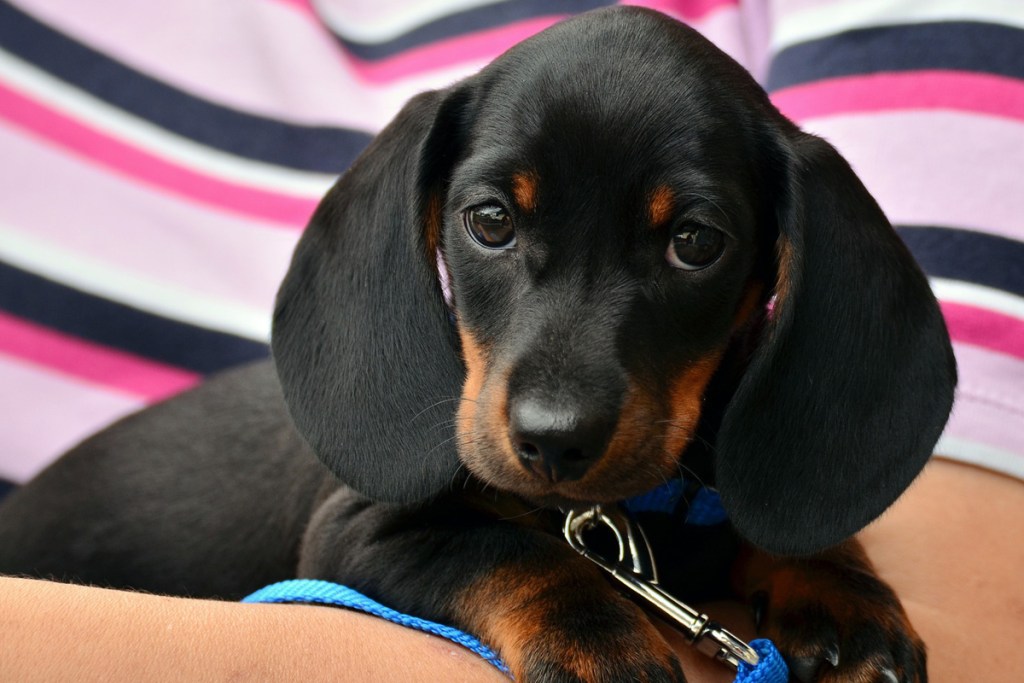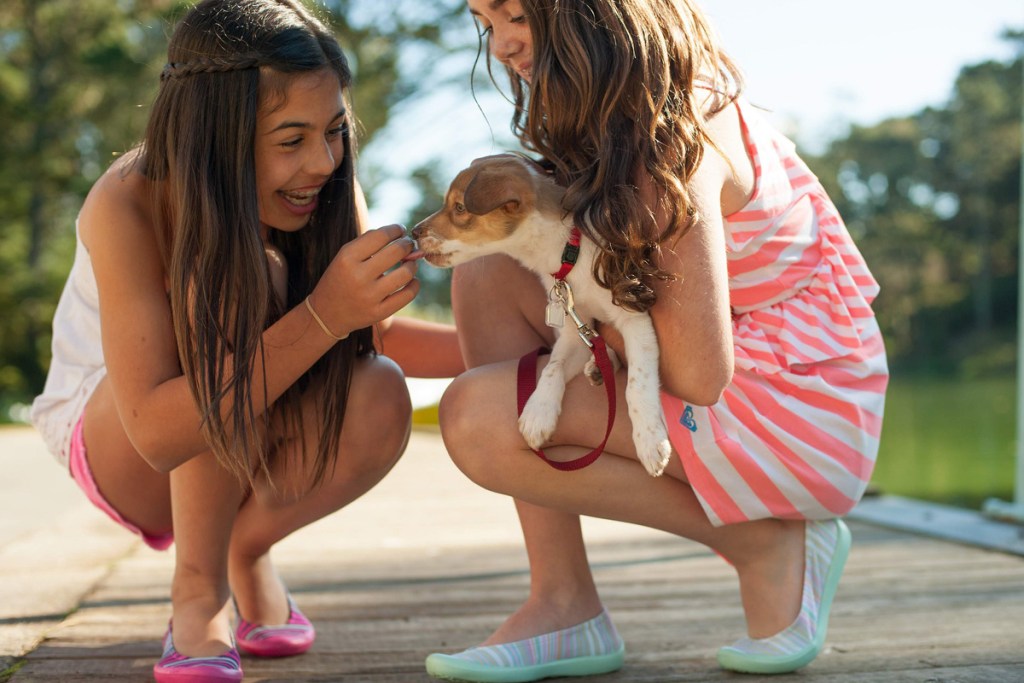One of the biggest challenges for first-time puppy parents is potty training. And while the best-case scenario is to have your dog learn to do his business outside, that’s not always possible. Young puppies need frequent pee breaks, and wee-wee pads offer a great option for senior pet parents, those who are physically challenged, or families living in high-rise apartments. Pee pads are also ideal when you want to avoid taking your puppy to public spaces to eliminate before he is fully vaccinated. Here are four mistakes to avoid when wee-wee pad training your puppy.
Not establishing a routine
To be successful at potty training, it’s crucial to stick to a routine. You’ll be teaching your newest family member that there’s a time to eat, a time to run and play, and a time to do his business. Here are some tips to help you stay on schedule:
- Training experts at the Humane Society of the United States (HSUS) say that feeding your pup at the same times each day will make it more likely that he’ll eliminate at consistent times as well, easing training for both of you.
- Plan on taking your dog to the pee pad at least every two hours and immediately after he wakes up, during and after playing, and after eating or drinking. Your puppy won’t automatically know what the pee pad is for, so you’ll need to introduce him to the concept of using it. While your pup is relieving himself on the pad, say the command you plan to use to remind him why he’s there. “Go potty” or “be quick” are popular phrases.
- As soon as your dog has finished doing his business, give lots of praise and a treat. You want him to associate eliminating on the pee pad with a positive response from you.

Giving your puppy unsupervised freedom in the house
During potty training, you can’t let your pup roam around the house unsupervised. That gives him lots of opportunities to eliminate where he shouldn’t and prolongs the training process. Here are three options for restricting his movement:
- Trainers recommend using a crate when housebreaking because most pups won’t soil where they sleep. Be sure to lead him to the pee pad as soon as you let him out of the crate. Puppies under 6 months of age shouldn’t be kept crated for more than three or four hours because they can’t control their bladders or bowels for that long, according to the HSUS.
- If you prefer not to use a crate, you can confine your puppy to a small space in the home such as a mudroom or bathroom. It’s best to choose a room without a rug or carpet so puppies don’t get confused between using the rug and the pee pad.
- It’s fine to allow your dog time with you in the house as long as you are always supervising him. Training experts recommend tethering your puppy to you or a nearby piece of furniture with a 6-foot leash so that he doesn’t wander off and eliminate around the house when you’re not watching.
Not learning to read your dog’s body language
To succeed at potty training, you have to learn to read your dog’s body language. Typical signals that he needs to do his business include:
- Barking
- Squatting
- Restlessness
- Whining
- Sniffing the floor
- Circling
Once you learn your pup’s signals, you can take him immediately to the pee pad and reward him for a job well done.
Getting angry when your puppy has an accident
Accidents are part of potty training. Chances are, your dog will have several soiling accidents around the house before he’s fully trained, say experts at PetMD. Your job as a responsible pet parent is not to overreact when it happens. Rubbing your puppy’s nose in the accident or taking him to the spot and scolding him is not only cruel, but it also ruins the bond between you and your dog. It will make your pup afraid of you and fearful of eliminating in your presence. Punishment will do more harm than good, according to HSUS experts. Here’s what to do instead:
- If you catch your puppy in the act of eliminating, try to stop him by saying something like “Whoops!” or startle him with a sudden noise. The noise should only be loud enough to distract your dog and not to scare him. As soon as he pauses, take him immediately to the pee pad to finish eliminating and give him a treat.
- If you do discover an accident around the house, just quietly clean it up. To avoid repeat accidents in that same spot, use a cleaning product specially formulated to remove odors such as Nature’s Miracle or Arm & Hammer.

How long it will take to potty-train your puppy depends on the individual dog and how consistent you are with your training. For some pups, it might take only a week or two before they are reliably using the pee pad. However, trainers say pet parents should continue following the frequent potty-break schedule and rewarding dogs for using the pads for at least six months. Your diligence and patience will be rewarded in the end, and you can relax as your buddy enjoys free run of the house.
Editors' Recommendations
- How much water should your puppy drink in a day? Here are the factors to consider
- Where to put a dog crate in your house depends on these important factors
- 4 fun Father’s Day activities for dog dads so your pup can join the fun
- No fuss, all love: Meet the top breeds of low-maintenance dogs that will steal your heart
- 4 reasons why your dog might need a diaper (and which kind you should get)




